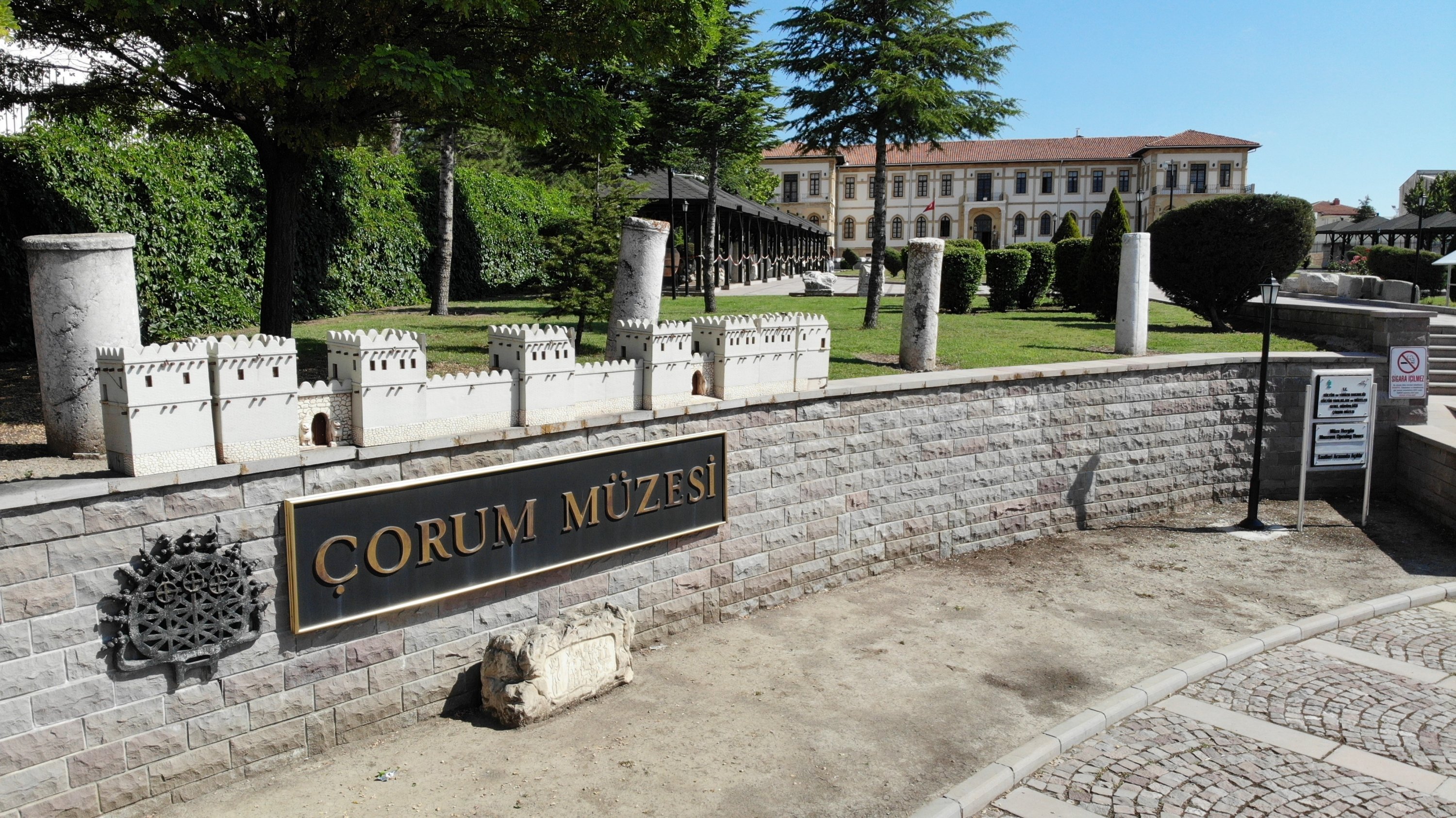© Turkuvaz Haberleşme ve Yayıncılık 2024
The 3,300-year-old bronze warrior helmet found during archaeological excavations at Sapinuwa ruins in today's Çorum dazzles visitors as it is a unique example of its kind.
The priceless warrior helmet, which was introduced to the world of science by archaeologist Mustafa Süel in 2002, was unearthed in Çorum, northern Anatolia – a land that has been home to eight civilizations.
The bronze gear worn by warriors at that time was taken as a trophy and the bronze was melted again and reused in other productions. For this reason, many bronze artifacts have not survived until today, which is why the helmet is so special as it is the only example from the period of the Hittite Empire. The helmet, which was presented as a gift to the "Storm God" in mythology, is being exhibited in the Çorum Museum.
Explaining that the warrior's helmet is on display at the Çorum Museum this year, Özge Eren, one of the archaeologists of Çorum Museum, said: "The bronze helmet that went on display this year was found on an offering bench in building D during the archaeological excavations."
"The helmet, which is conical with a pointed crest, has rivet holes on the nape and cheeks. Apparatuses protecting the cheeks and neck are attached to these parts. Next to the helmet, the cheekpiece designed to protect the head and body against the sharp objects, and bronze scales belonging to body armor, spear bits, and bronze axes were found," she added. The helmet, called "gur-sip-pi" by the Hurrians and "huprushi" by the Hittites, is one of the gifts presented to the pharoah in a temple dedicated to the "Storm God," which also represents war.

"Bronze helmets are among the precious gifts offered to the pharaoh in Ancient Egypt, which was another superpower at that time. This helmet, found in Sapinuwa, shows similarities with the helmet placed on the head of god on the relief in Hattusha King's Gate. This shows that the sculptors of that period were able to apply the complex relief technique on limestone in a very realistic way,” the archaeologist said.
